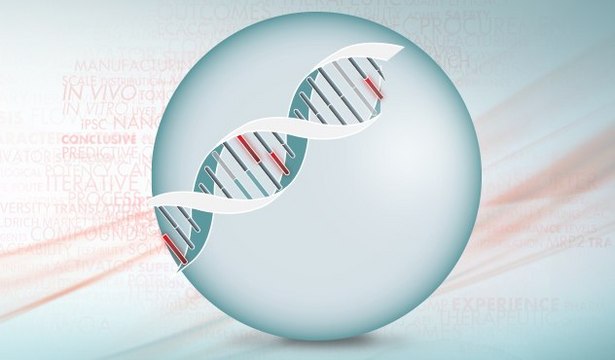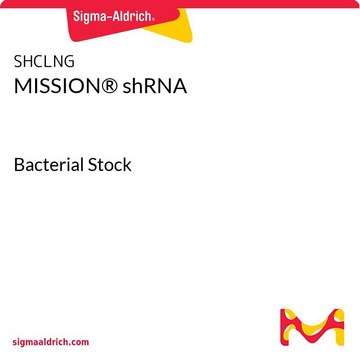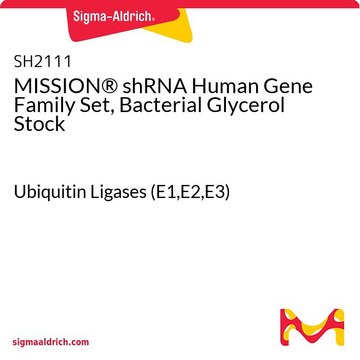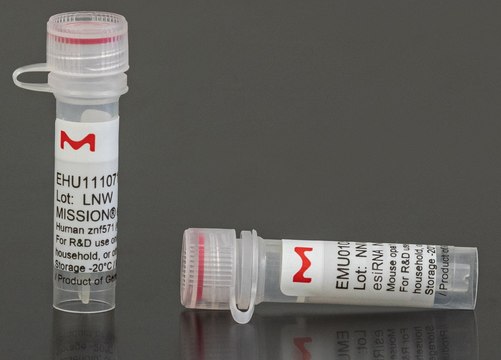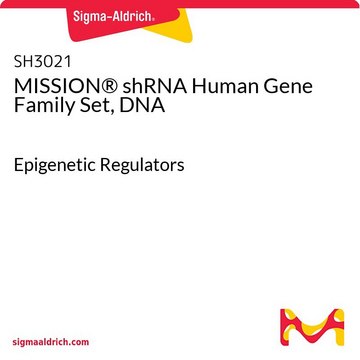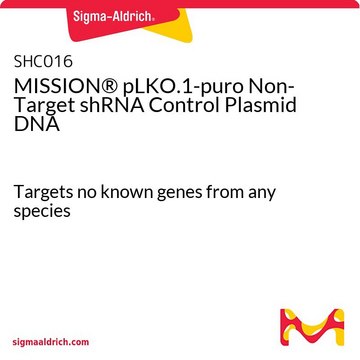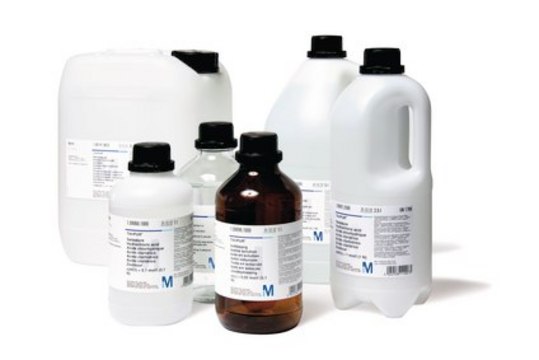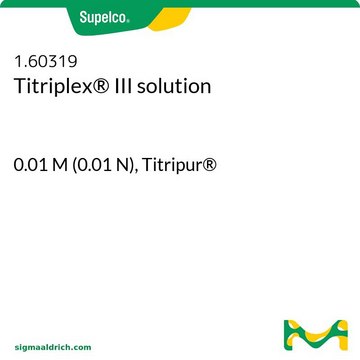Key Documents
Safety Information
SH3011
MISSION® shRNA Human Gene Family Set, Bacterial Glycerol Stock
Epigenetic Regulators
Select a Size
Select a Size
About This Item
Recommended Products
Quality Level
product line
MISSION®
storage temp.
−70°C
Gene Information
human ... CA1(759) , DNMT1(1786) , DNMT3A(1788) , DNMT3B(1789) , DNMT3L(29947) , MGMT(4255) , N6AMT1(29104) , N6AMT2(221143) , SPEM1(374768) , TRDMT1(1787)
Looking for similar products? Visit Product Comparison Guide
1 of 4
This Item | 160319 | 108447 | 105217 |
|---|---|---|---|
| reaction suitability reaction type: Complexometric reactions | reaction suitability reaction type: Complexometric reactions | reaction suitability reaction type: Complexometric reactions | reaction suitability reaction type: Acid-base reactions, reaction type: Complexometric reactions |
| technique(s) titration: suitable | technique(s) titration: suitable | technique(s) titration: suitable | technique(s) titration: suitable |
| product line Titripur® | product line Titripur® | product line Titripur® | product line - |
| agency reag. Ph. Eur. | agency - | agency - | agency - |
| form liquid | form liquid | form liquid | form liquid |
| quality Analyzed in our ISO 17025 accredited QC lab | quality Analyzed in our ISO 17025 accredited QC lab | quality Analyzed in our ISO 17025 accredited QC lab | quality - |
General description
Other Notes
Legal Information
related product
Storage Class Code
10 - Combustible liquids
WGK
WGK 2
Flash Point(F)
Not applicable
Flash Point(C)
Not applicable
Personal Protective Equipment
Regulatory Information
Choose from one of the most recent versions:
Certificates of Analysis (COA)
It looks like we've run into a problem, but you can still download Certificates of Analysis from our Documents section.
If you need assistance, please contact Customer Support.
Already Own This Product?
Find documentation for the products that you have recently purchased in the Document Library.
Our team of scientists has experience in all areas of research including Life Science, Material Science, Chemical Synthesis, Chromatography, Analytical and many others.
Contact Technical Service